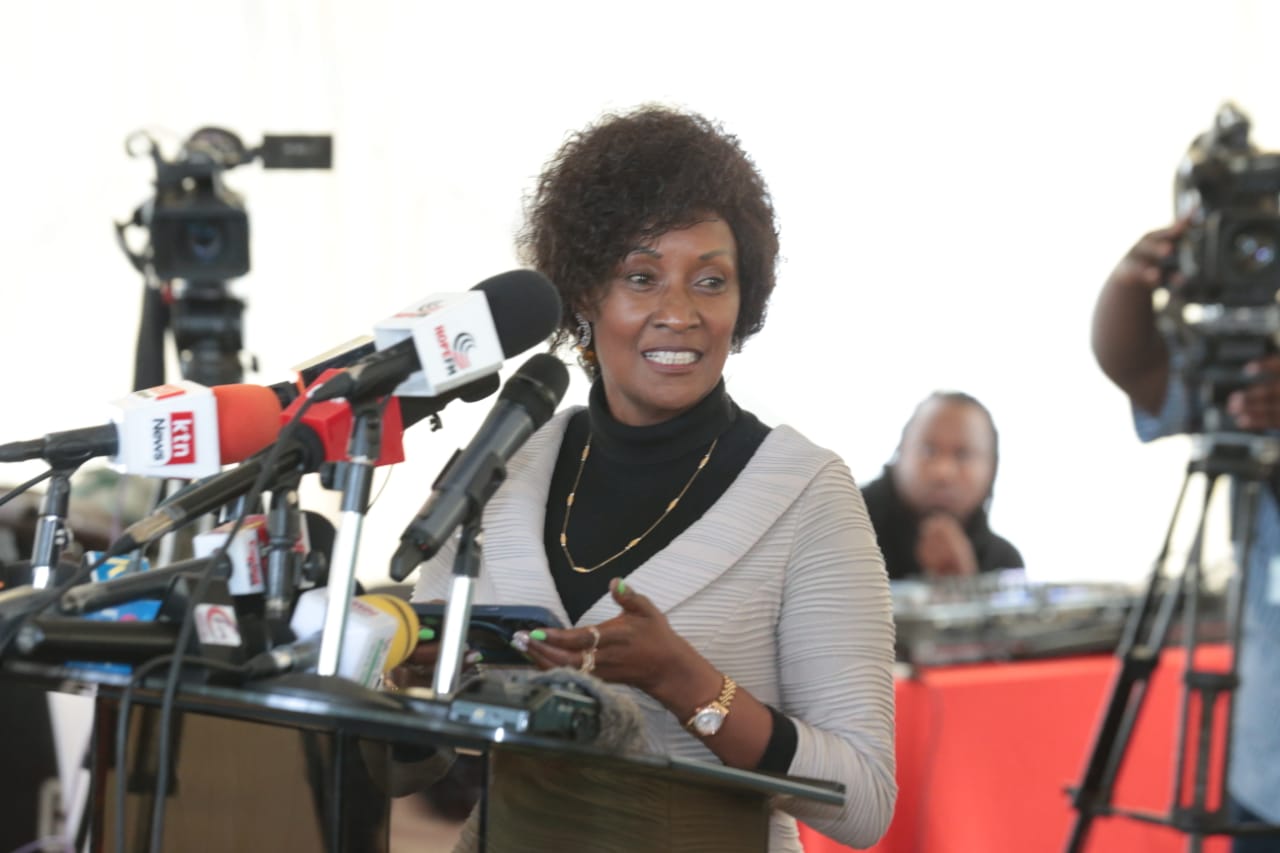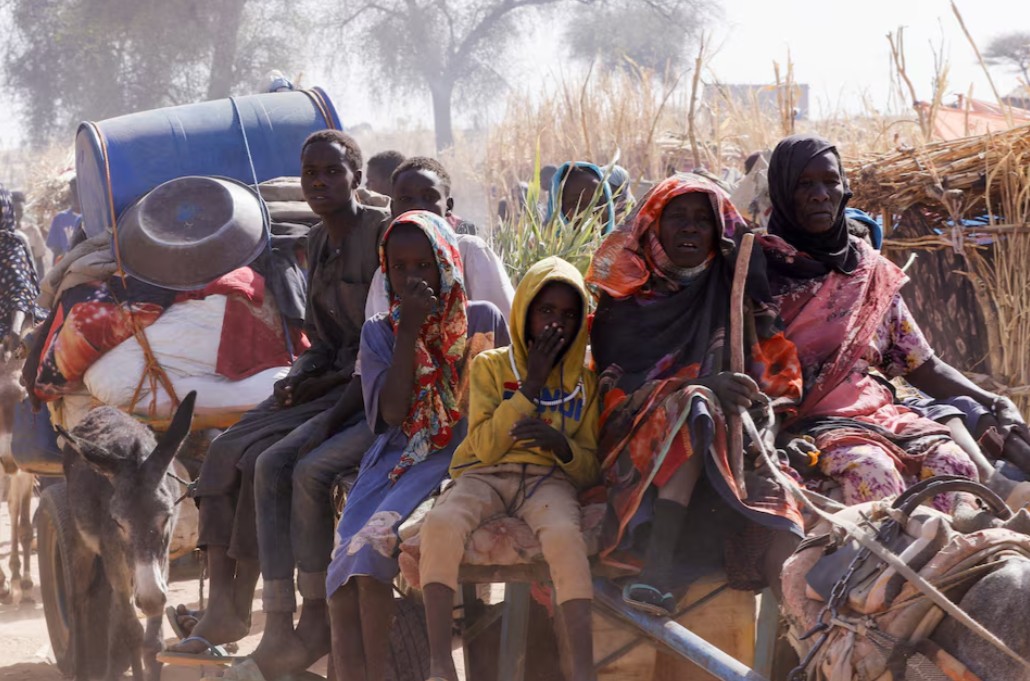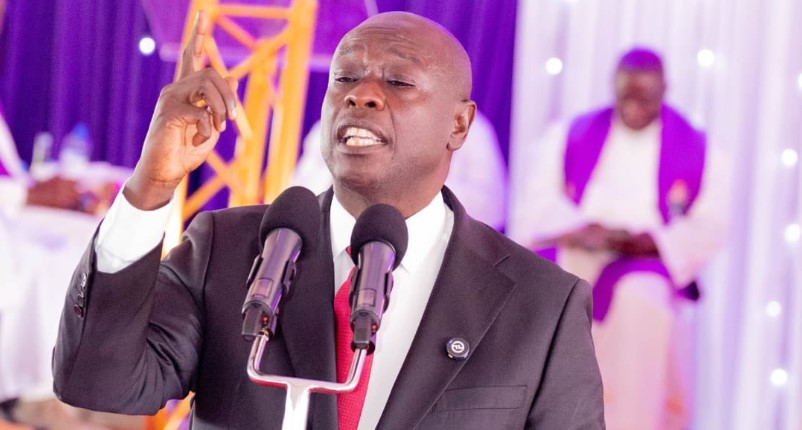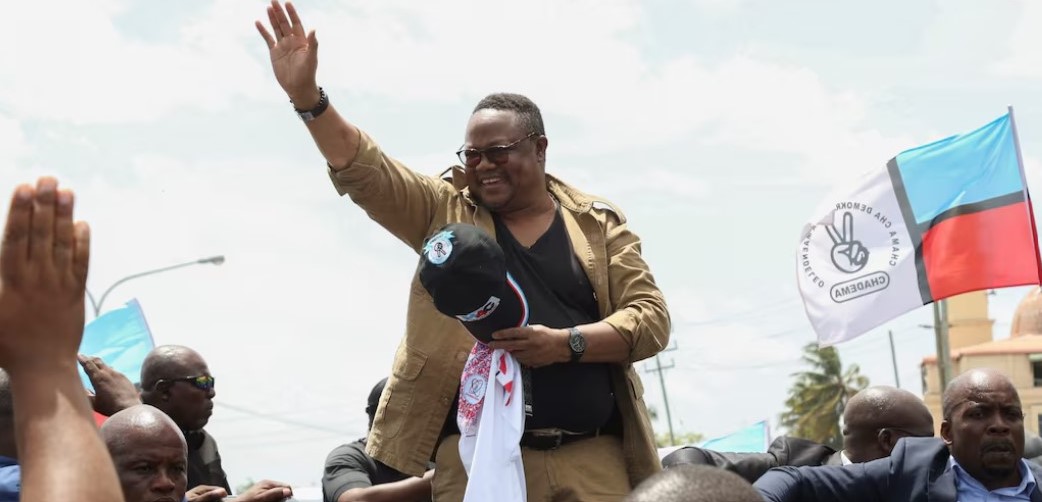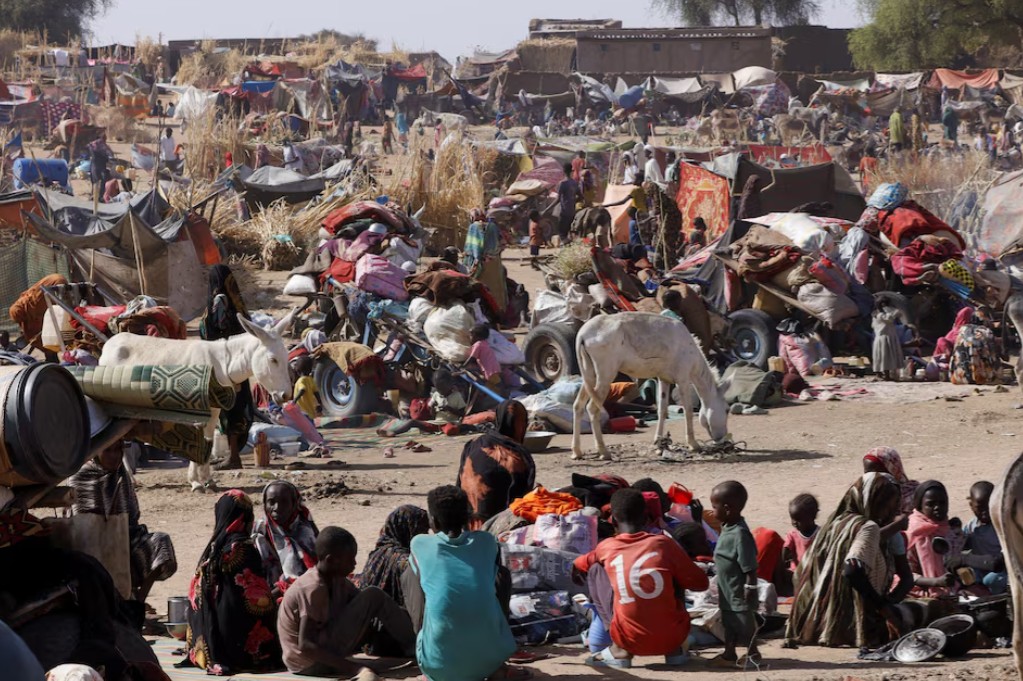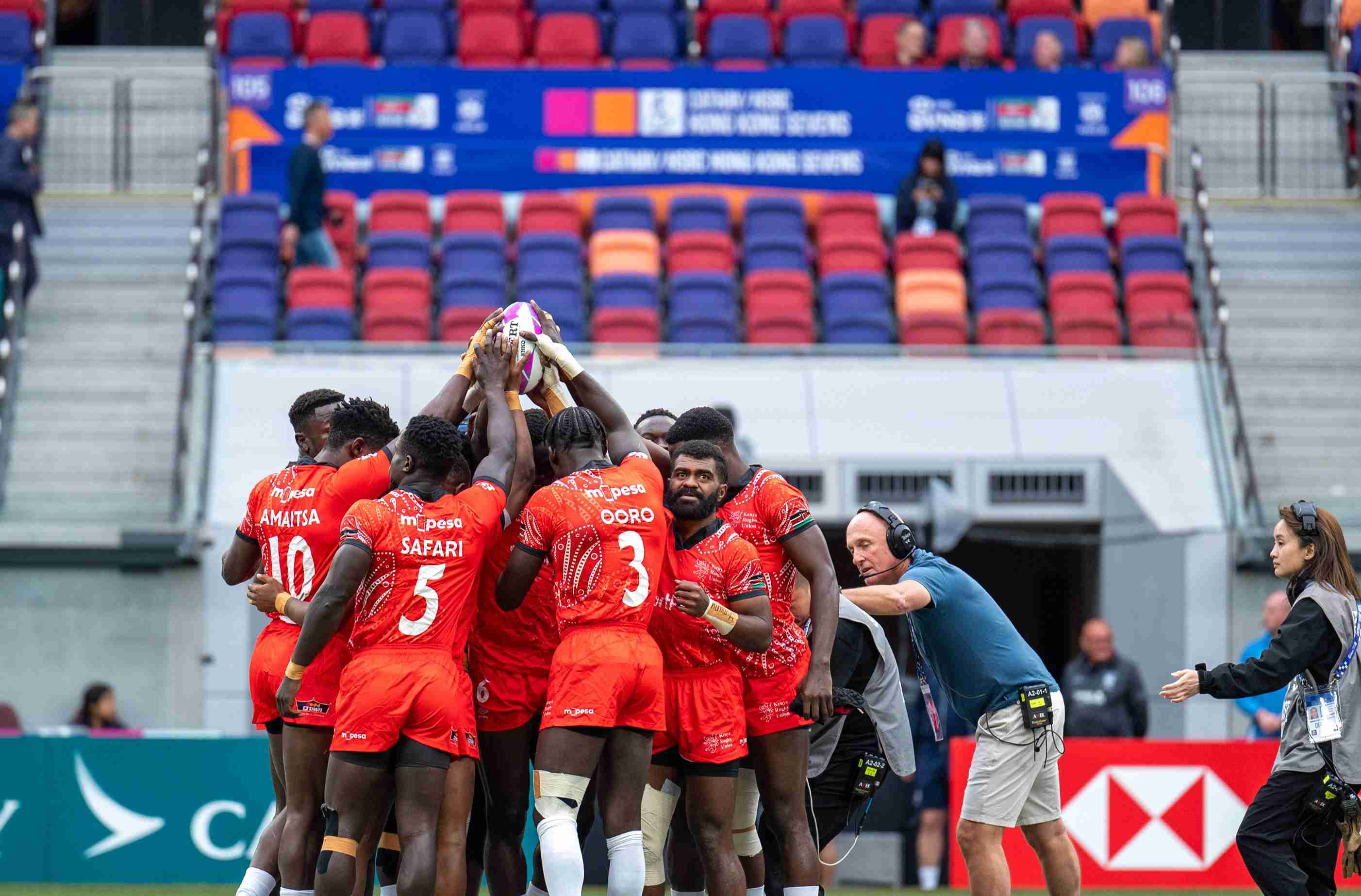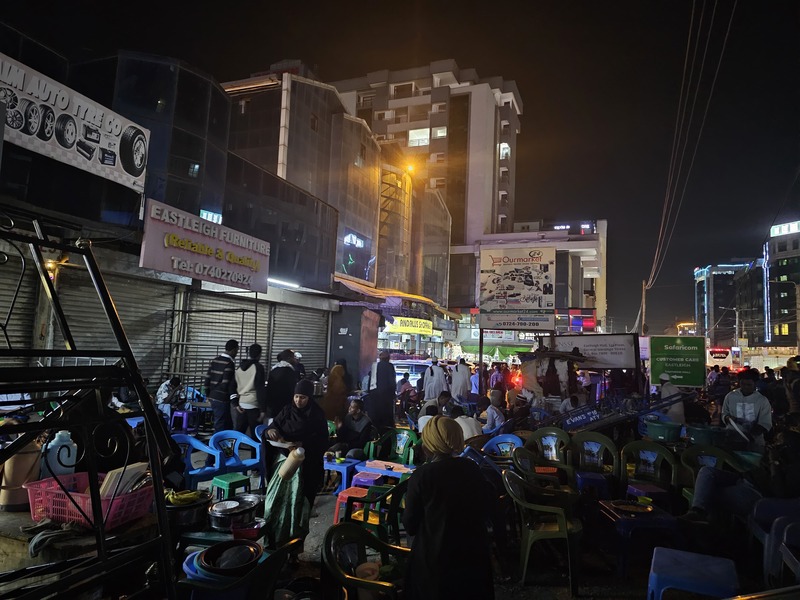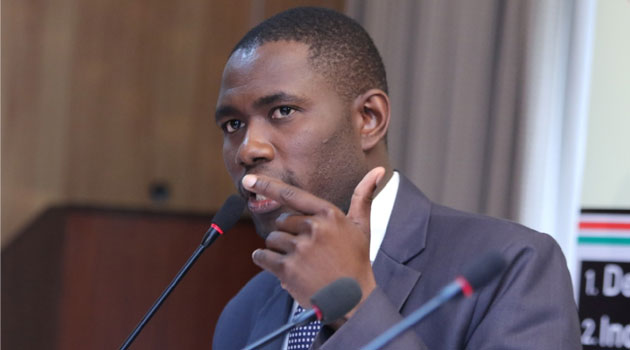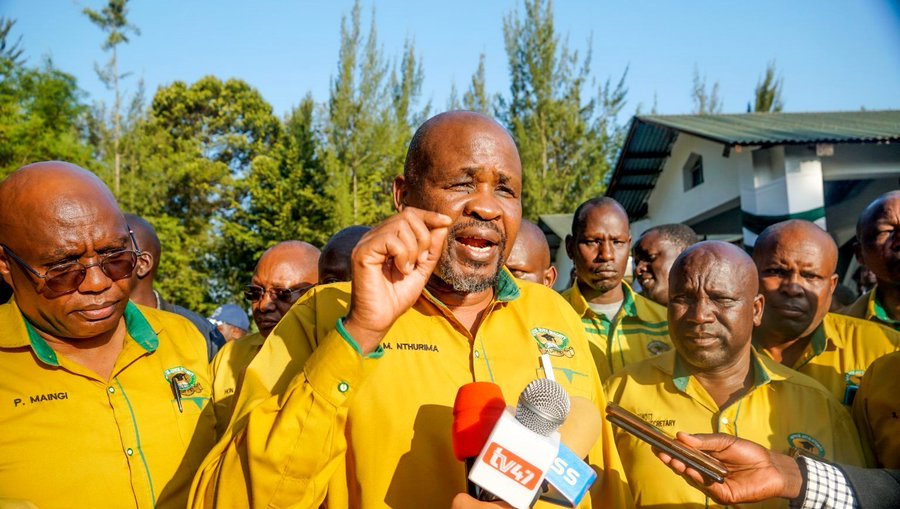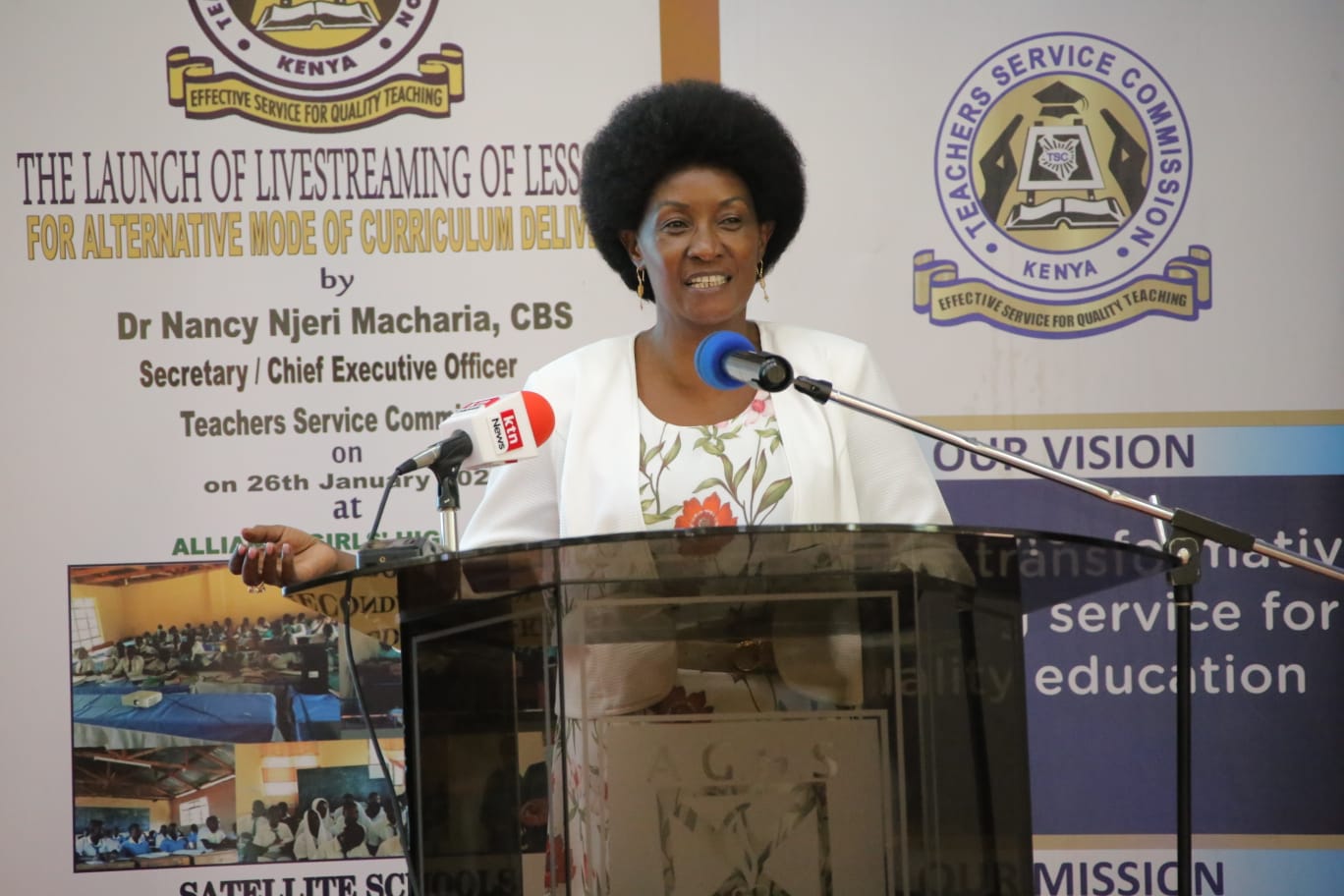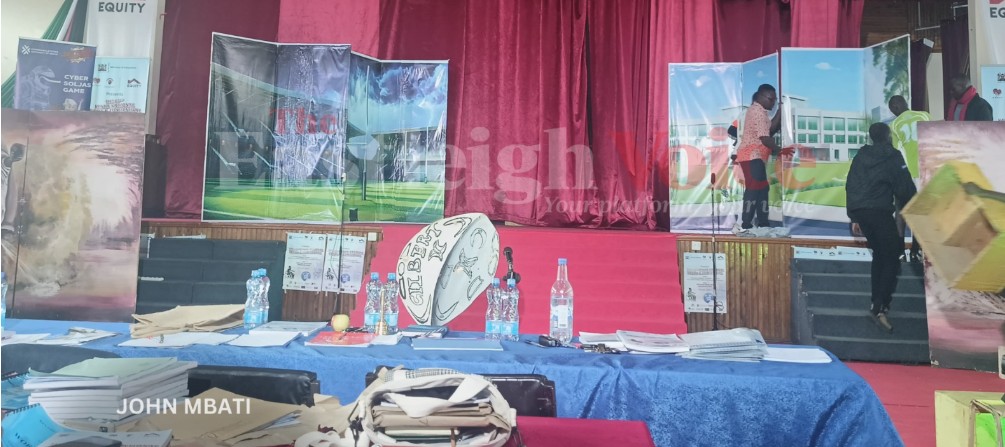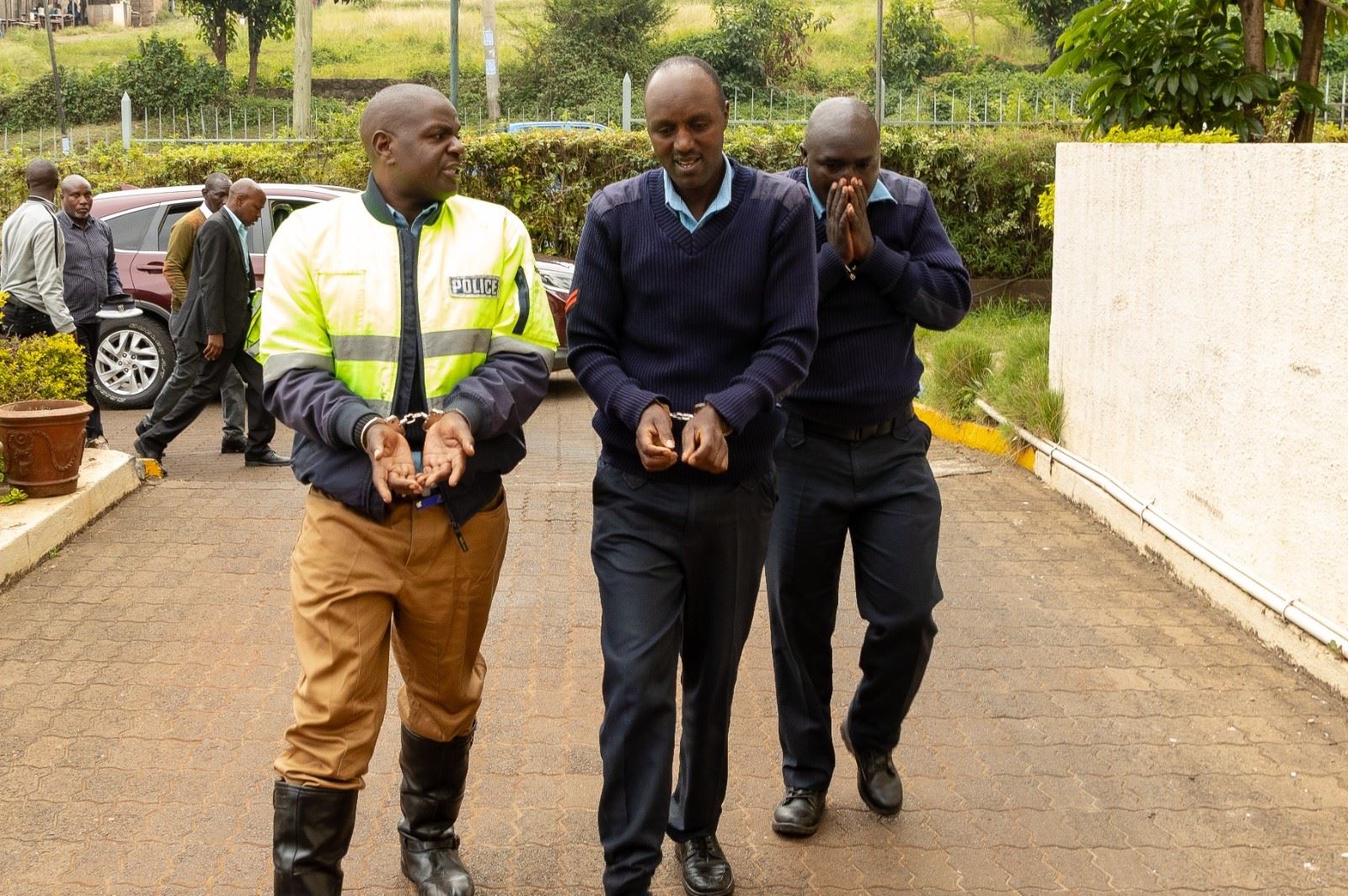US aid cuts threaten youth development gains globally, study warns
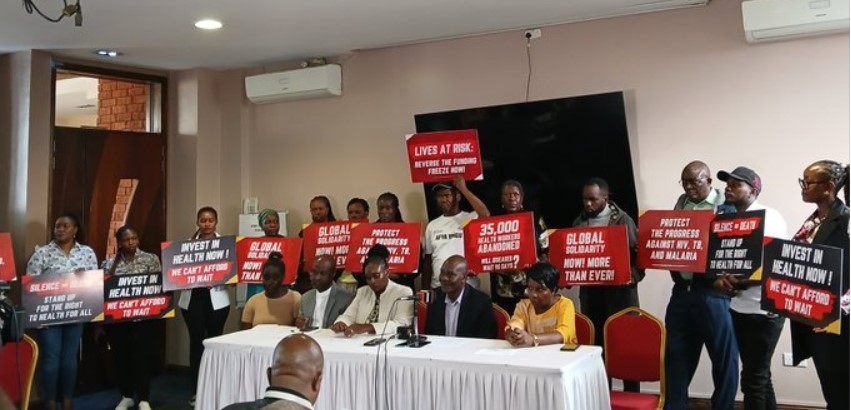
The impact goes beyond healthcare, with experts now warning that the cuts will significantly affect youth development, a critical yet often overlooked area.
The recent cessation of humanitarian and development aid, notably from the US Agency for International Development (USAID), poses significant challenges to the overlooked youth development, a study has shown.
Trump’s administration in January this year proposed budget cuts, which included dismantling USAID and reducing foreign aid by nearly half.
More To Read
- Sh374.9 billion HIV funding crisis puts over 1.37 million Kenyans at risk, lobby warns
- South Sudan cholera patients died walking to clinic after US cut aid, charity says
- Aid cuts could leave more women dying in pregnancy and birth, UN says
- KEMSA releases ARVs targeting one million HIV patients after concerns over US aid cuts
As of early March, the US Secretary of State announced that a decision had been reached to terminate the vast majority of the programmes, more than 80 per cent, leaving just 18 per cent.
Communication from the Secretary indicated that 5,200 of USAID's 6,200 programmes were being closed worldwide.
Consequently, the funding cuts triggered widespread disruptions in countries that relied on the support, leading to staff layoffs and the closure of regional offices.
In Kenya, the healthcare system, for instance, was largely hit.
150 clinics closed
A report by Kenyan civil society groups shows that at least 150 clinics were forced to close, resulting in the loss of over 35,000 health-related jobs.
The societies also revealed that the funding shutdown had affected 72,000 HIV patients as a result of the dwindling supplies of antiretroviral drugs.
However, the impact goes beyond healthcare, with experts now warning that the cuts will significantly affect youth development, a critical yet often overlooked area.
Economists at the World Economic Forum say the assistance cuts could halt or reverse gains in youth development.
“Global development assistance cuts, especially from important donors like the US and the UK, can halt or reverse gains in youth development,” the lobby said.
Official data shows that between 2013 and 2020, USAID invested approximately $1.56 billion (Sh202.5 billion) in youth development globally.
In 2020 alone, youth-focused allocations reached $412 million (Sh53.4 billion), a 134 per cent increase from 2013.
The investments reportedly yielded tangible results, as about 1.4 million youth were trained in leadership and life skills such as communication, critical thinking, decision-making and teamwork.
Additionally, nearly one million secondary and tertiary school-aged learners gained access to education, and 1.2 million young people received antiretroviral treatment for HIV.
In 2021, USAID trained 436,744 youth in life skills, and 71 per cent of those trained participated in civil society activities, demonstrating long-term civic engagement and systemic impact.
Moreover, from 2016 to 2020, 76 per cent of youth trained in life skills engaged in civil society activities.
Additionally, 37 youth-related policies, laws and procedures were adopted by various stakeholders to promote youth participation at the regional, national and local levels, with the support of USAID.
Global knowledge hubs
Programmes like Global LEAD and YouthPower have served as global knowledge hubs for cross-sectoral youth development, providing resources for youth leaders and youth-serving development practitioners.
However, all these are at risk of reversal or halt, according to the economists, if no immediate and decisive actions are taken to fill in the remaining gaps.
They warn that the dependent countries could witness fewer youth in training, reduced civic engagement and increased youth unemployment.
They also say the states could witness a health setback among the youths, as over 1.2 million youth receiving HIV treatment through PEPFAR could face service disruptions.
Top Stories Today

